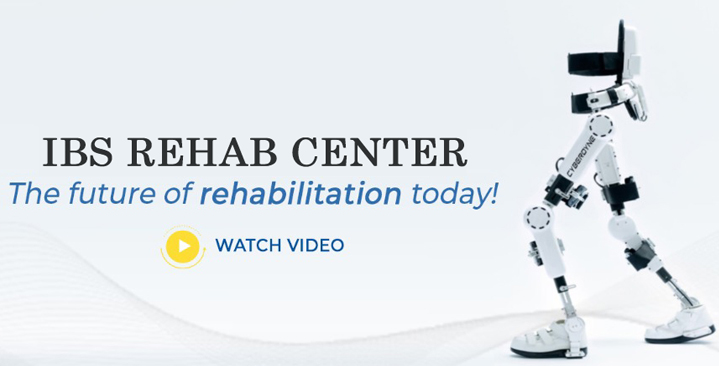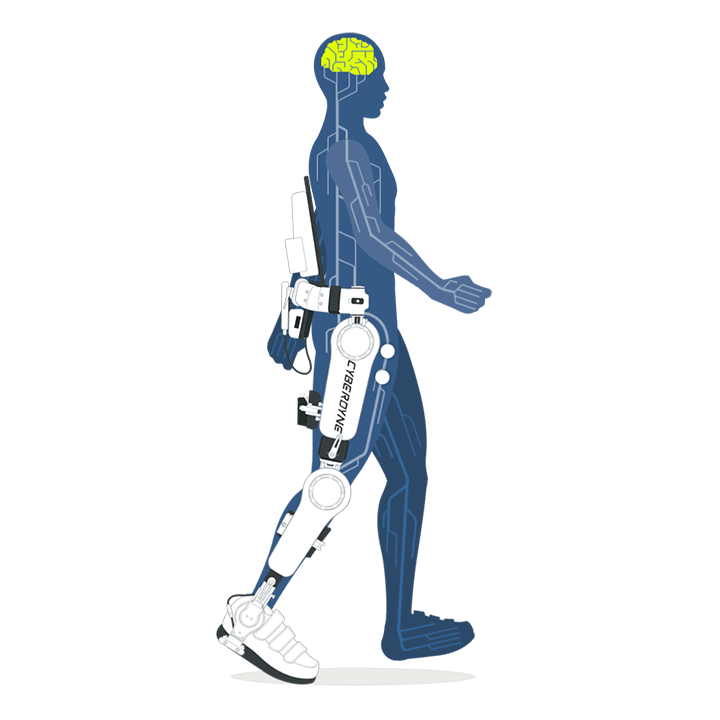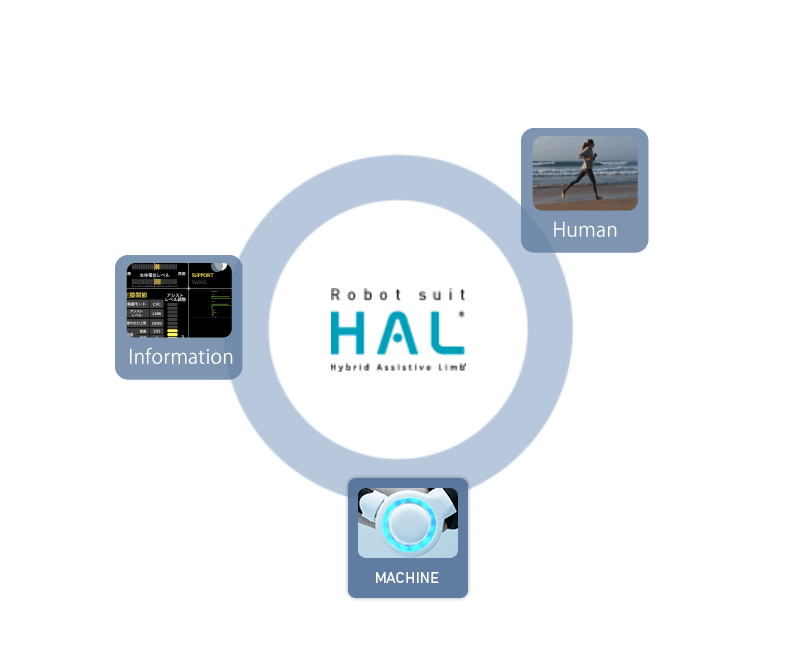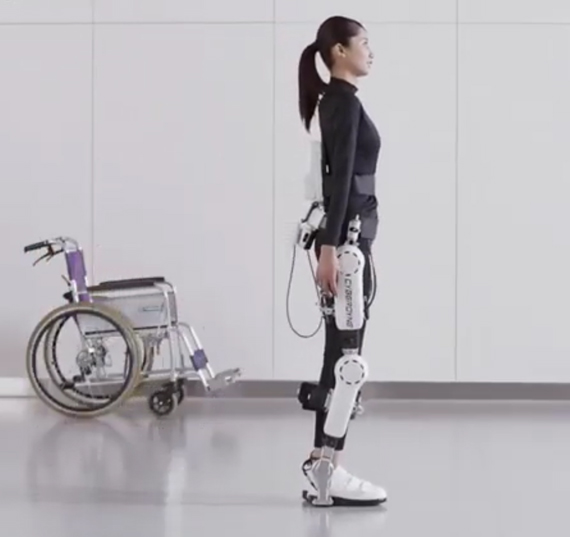
HAL's Motion Principle

01. THINK
First of all, think “I want to walk!”
When a person moves the body, he or she first thinks about the motions in his or her brain.By thinking “I want to walk.” the brain transmits necessary signals to muscles necessary for the motions through nerves.

02. SEND
Receiving the signals, muscles move.
In the healthy body, each muscle is able to receive signals destined from the brain to it and move as strongly and fast as intended.

03. READ
HAL reads signals.
Signals sent to muscles by the brain leak on the skin surface as very faint signals, so called “bio-electric signals [BES]”. HAL is able to read BES by only attaching the originally developed detectors on the surface on the wearer‘s skin. By consolidating various information, HAL recognizes what sorts of motions the wearer intends.

04. MOVE
HAL moves as the wearer intends.
HAL, in accordance with the recognized motions, controls its power units.*2 This function enables HAL to assist the wearer‘s motions as he or she intends and exerts bigger power than he or she ordinarily exerts.
*2 HAL preforms assistance for the wearer‘s motions by a combination of Cybernic Voluntary Control [CVC] system, with which Robot Suit moves as the wearer intends by detecting BES, and Cybernic Autonomous Control [CAC] system, with which Robot Suit replicates human motions based on fundamental motion patterns in the absence of BES.This is the advanced technology on which HAL is founded.

05. FEEDBACK
The brain learns motions.
The mechanism to move the human body does not end up with only moving muscles. The brain confirms how the body moved on what sort of signals. When HAL has appropriately assisted the motions of “walking”, the feeling “I could walk!” is fed back to the brain. By this means, the brain becomes able to learn the way to emit necessary signals for “walking” gradually. This leads to “the important first step” in walking of the physically challenged person without being assisted by HAL. The only robot that can provide appropriate solutions for motions to the brain is HAL.







 See Video
See Video



